According to the forecast of the Central Center for Hydro-Meteorological Forecasting, in 2023, due to the influence of El Nino phenomenon, severe heat, drought, and water shortage will occur. Currently, severe heat has begun to appear in many localities across the country, seriously affecting the health of people and workers.
Faced with this reality, the Ministry of Health has issued guidelines for health care during hot weather for the community and workers, including instructions on how to prevent and treat heatstroke, heat exhaustion and heat stroke.
Common health problems in hot weather
According to the Ministry of Health , in the hot season, you may encounter some common health problems: sunstroke, heat exhaustion or heat stroke.
The main cause is due to prolonged exposure or working in hot, high temperature environments or it can also be due to sudden changes in environmental temperature.
Some high-risk groups include: the elderly, children and pregnant women; people who work or exercise at high intensity outdoors in the sun for long periods of time or in hot environments: agricultural workers, workers in brick kilns, steel smelters, etc.
People with chronic diseases: High blood pressure, chronic obstructive pulmonary disease, asthma, diabetes...
Common symptoms in hot season
Symptoms of common health problems during hot weather depend on the duration of exposure to heat and the degree of body temperature increase.
Mild: Fatigue, thirst, dizziness, lightheadedness, increased heart rate, increased breathing rate, palpitations, cramps.
Severity: Severe headache, increasing difficulty breathing, nausea or vomiting, weakness or paralysis of one side of the body, convulsions, fainting or coma, cardiovascular collapse (rapid heartbeat, low blood pressure, ...) and possible death.
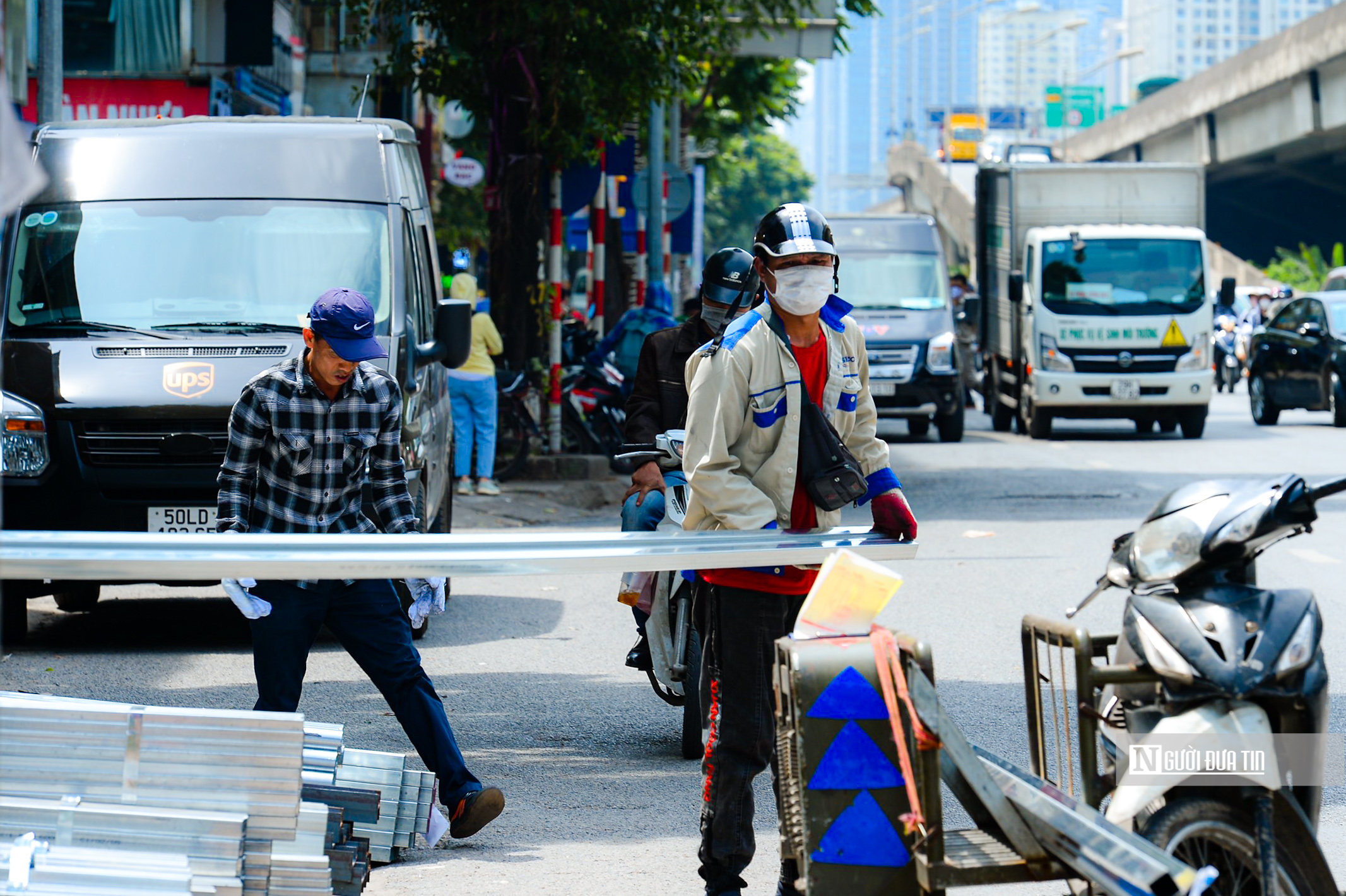
Heat can lead to some common health problems such as heat exhaustion, heat stroke or heat exhaustion.
Treatment for sunstroke, heatstroke
When experiencing health problems due to heat, depending on the severity of symptoms, it is necessary to quickly apply appropriate treatment measures as follows:
For mild cases, immediately move the victim to a cool, airy place.
Loosen or remove some of the victim's outer clothing. Then, wipe the victim's body with a cool towel or pour cool water on the victim's body and dry it. Place towels soaked in cool water or ice in areas such as the armpits, groin, and sides of the neck to help quickly reduce body temperature.
If the victim can drink, give them small sips of cool water. It is best to give them water with added salts and minerals, such as Oresol, mixed in the correct dosage according to the instructions.
If the victim has a cramp, gently massage the cramped muscle area.
Be careful not to let too many people surround the victim. After about 10 - 15 minutes the symptoms will gradually subside.
In severe cases: If the victim shows severe symptoms, call 115 immediately or quickly take the victim to the nearest medical facility. Note that during transportation, regularly apply cool compresses to the victim.
Preventive measures
The Ministry of Health also issued general recommendations, according to which people should limit going out in the sun on hot days, especially between 10am and 4pm.
People who are in a room with low air conditioning should not go out into the sun suddenly but need to give their bodies time to adapt to the outside environment by increasing the air conditioning temperature in the room or sitting in the shade before going out.
Wear light-colored, cool, sweat-absorbent clothes; increase the intake of green vegetables and fruits, and include soup in your daily meals. In particular, you should drink at least 1.5 - 2 liters of water per day. You should drink many times a day, and not drink too much water at once.
Exercise to improve your resistance and tolerance to hot weather conditions.
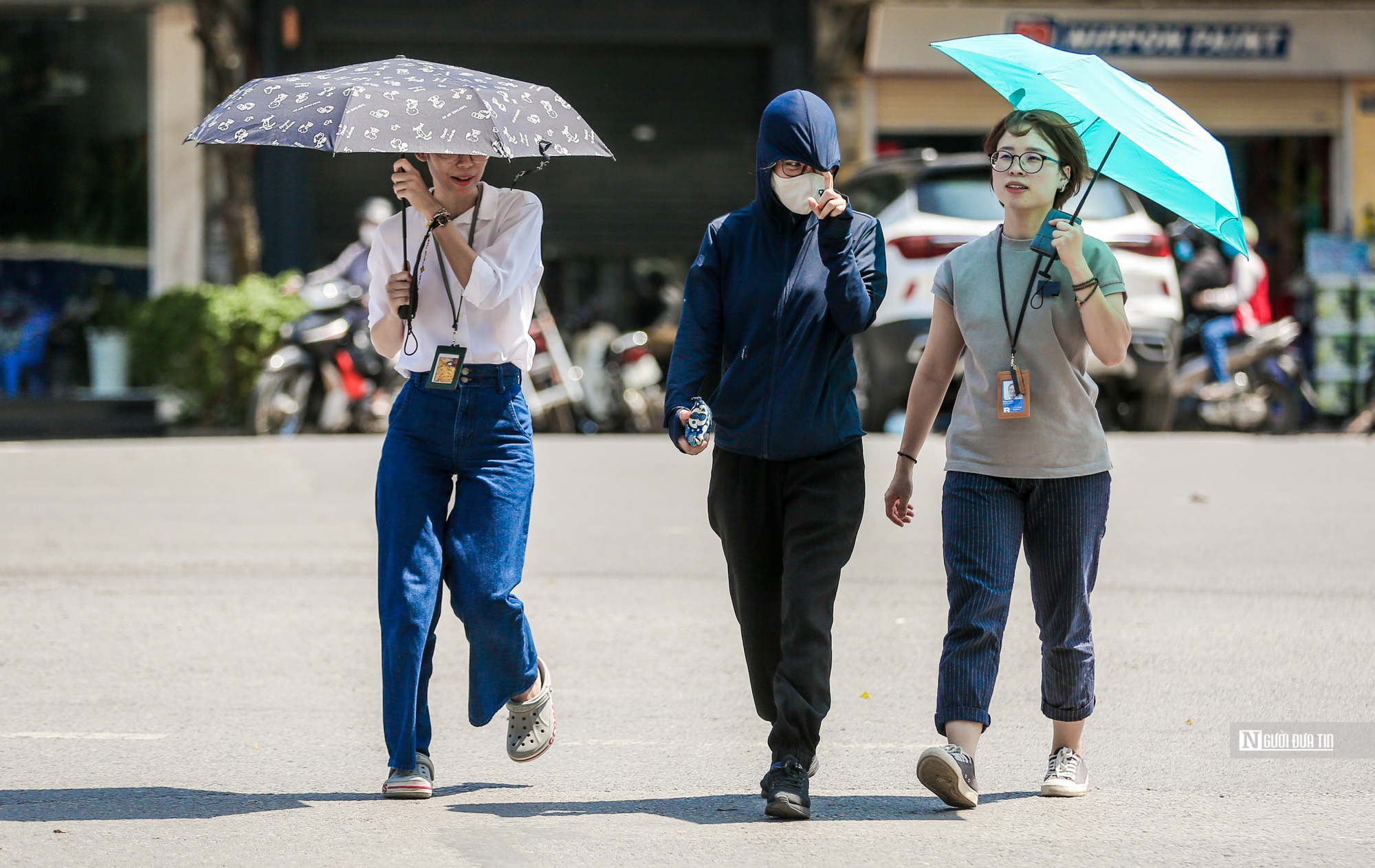
Limit going out in the sun on hot days.
For people who have to work in hot weather
Work hours should be arranged during cool weather such as early morning or late afternoon. Limit working time in high temperature environments.
If you have to work, do not work too long in a hot environment and avoid strenuous physical activities. You should periodically rest in a cool place for 15-20 minutes after about 45 minutes to 1 hour of work.
Minimize the area of sunlight exposure on the body, especially the neck and shoulders. Use appropriate personal protective equipment when working outdoors in the sun such as protective clothing, hats, caps, and glasses. Wear loose, cool, sweat-absorbent clothing. You can also use sunscreen.
Do not use alcoholic beverages. Drink water regularly during work. Especially drink water with added salt and minerals such as Oresol for those who sweat a lot during work. When drinking water, follow the manufacturer's instructions.
Take measures to cool the workplace such as using canopies, heat-reflecting panels, insulation materials, water spraying systems, misting systems, installing air conditioning systems, and suitable ventilation fan systems .
Source









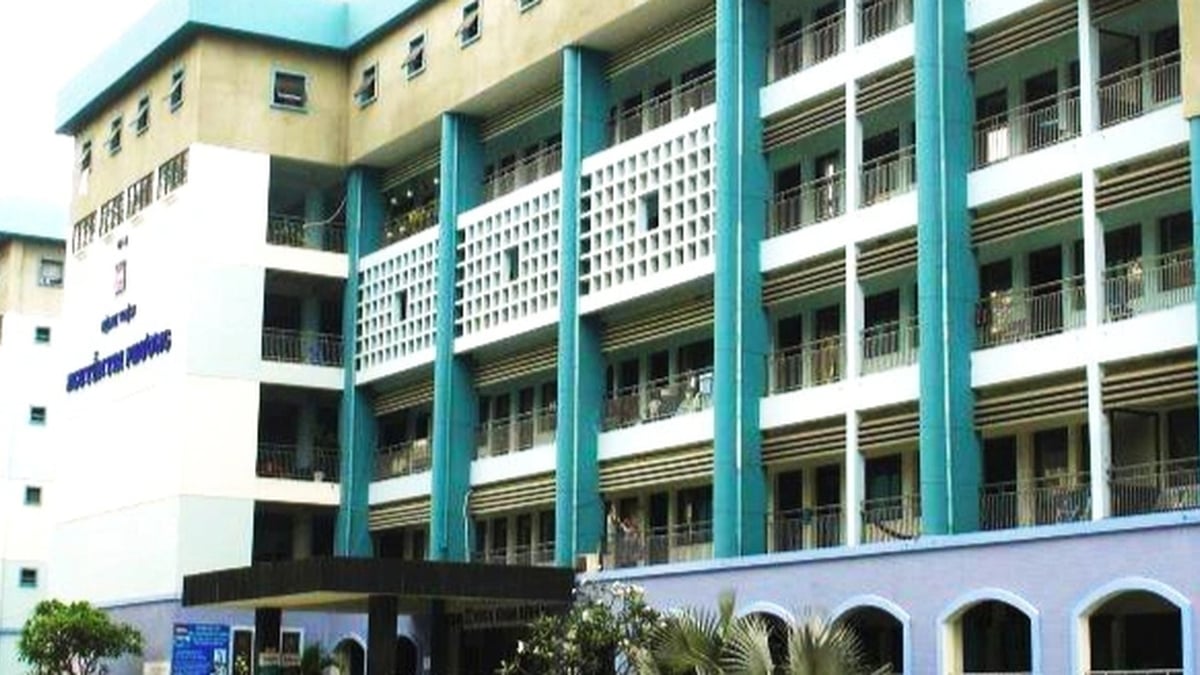











![[Photo] National Assembly Chairman attends the seminar "Building and operating an international financial center and recommendations for Vietnam"](https://vphoto.vietnam.vn/thumb/1200x675/vietnam/resource/IMAGE/2025/7/28/76393436936e457db31ec84433289f72)









































































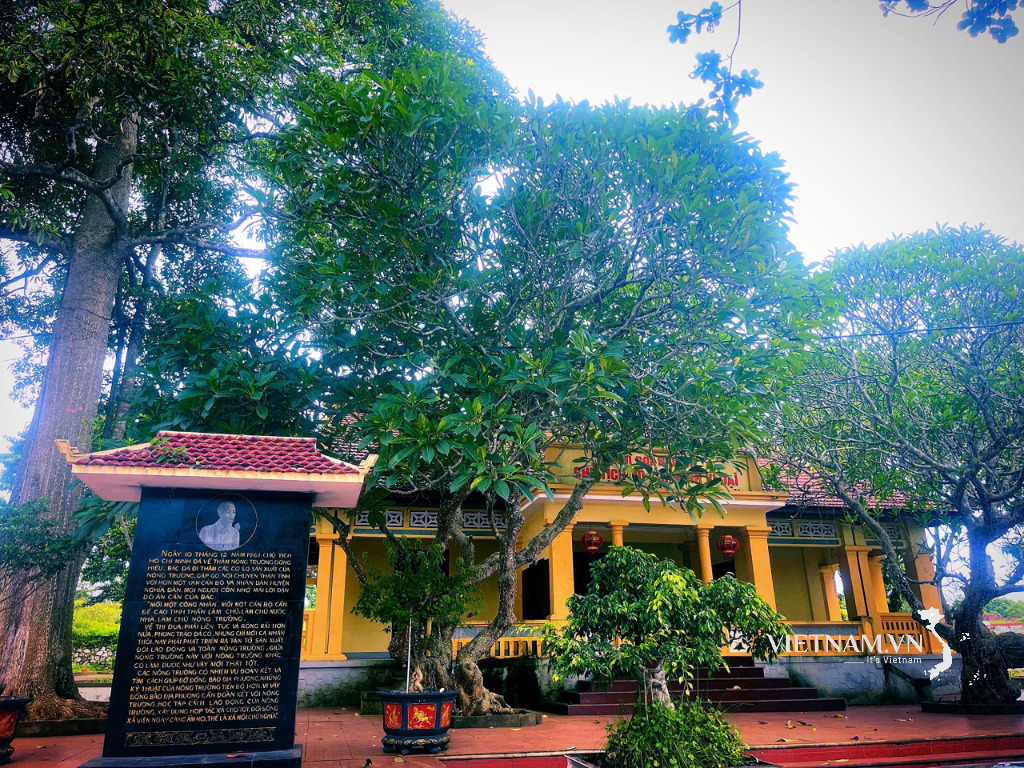
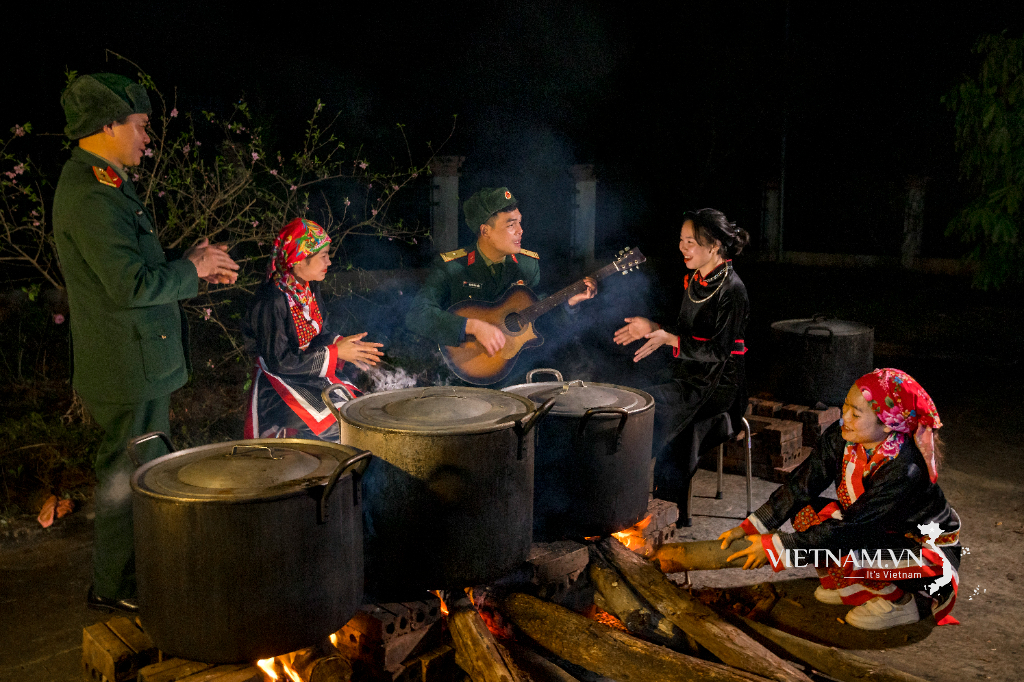


Comment (0)